I’ve been bending, shaping, and experimenting with nonfiction since I was 10 years old. That’s when I had the good fortune of being in Mrs. Weber’s class for gifted 5th and 6th graders. Mrs. Weber was an old woman who was young at heart, and loved unleashing our creativity. Instead of assigning traditional Social Studies reports, she encouraged us to create diaries, newspaper articles, poems, plays, travel brochures—whatever might spring from our imaginations.
Instruction with Delight
Mrs. Weber practiced “Instruction with delight,” the motto of John Newbery, who is the subject of my latest picture book biography. I remember the moment this project was conceived, many years ago, at a children’s literacy conference. On the screen appeared an image from Newbery’s first offering for children, A Little Pretty Pocket Book. The title page promised letters from Jack the Giant Killer, and was sold with a ball or pincushion. A book and a product—in 1744! Back then most literature for kids was grim and preachy (think: New England Primer with its rhymes like “while youth do cheer, death may be near”). I wanted to know more about Newbery, the man who dared to publish delightful literature for children.
In a small paneled room at UCLA’s Special Collections, I had the great pleasure of thumbing through Newbery’s antique little books. It was like holding the crown jewels! Though there were messages about working hard, doing good and learning, I saw kid appeal and fantasy in the old texts. In The History of Little Goody Two Shoes, the orphan heroine rescues animals, and some of them assist at the school where she teaches. One of her pet birds is Ralph the Raven, who speaks, spells with alphabet blocks and writes poetry. In another Newbery title, a baker makes gingerbread books for his son, who learns them by heart, and eats them up when he’s done.
Balderdash: A Picture Book Biography
My two goals in writing Balderdash were 1. to introduce children to John Newbery, the man for whom the Newbery medal is named and 2. To do so with brio! It’s always a challenge to bring historical figures to life for young readers, but I felt that Newbery’s story needed a buoyant, cheerful text. I wanted to emphasize the contrast of his delightful books with the austere offerings that came before.
Right out of the gate, I welcomed the reader with interactivity:
“Welcome. This book’s for you. Every page, every picture, every word and even its letters are designed for your pleasure. Lucky, lucky reader. Be glad it’s not 1726.”

Newbery was shaped by the Age of Enlightenment—when there was a thirst for knowledge, and a rise in literacy (and libraries). I gathered lots of historical details for the setting from reading novels, primers, books of manners and advertisements. I looked at engravings from the period, and visited an exhibit on Samuel Johnson, one of Newbery’s friends, at the Huntington Library. All of this gave me vocabulary and imagery. Book love became a main theme of the text:
“In those days of powdered wigs and petticoats, England was brimming with books. Books of pirates and monsters and miniature people. Tales of travels and quests and shipwrecks and crimes. At the fairs, in the market stalls, in the bookshop windows were hundreds of wonderful books.
But not for children.”

Notice the patterned language, and repetition of sounds in the paragraph. As I worked on this story, I read my manuscripts out loud—with an ear for rhythm. To get the right flow and effect, I switched up sentence length, and type. An occasional fragment (“But not for children.”) added variety, and emphasis.
Questions and exclamations are another way I enlivened the text. A dash of humorous imagery perked things up too:
“John! What were you thinking? What about the parents? Many mums and dads worried that if their little nippers read fun books, they’d turn wild as beasts!”

The lively spirit of Balderdash is captured in Nancy Carpenter’s old-timey, whimsical illustrations. A playful use of typography makes certain words, sentences and phrases pop for the reader. I think John Newbery would approve of the package!
For young students, Balderdash could be part of a literature unit that celebrates books and reading. For older readers, it could be read at the launch of a Mock Newbery Unit/Club, when students learn about the history of the Newbery award, and the criteria for evaluating books they will be reading and voting for. Here’s an activity that encourages students to think about Newbery’s legacy:
In Little Goody Two Shoes, the first novel for children, the main character is a penniless orphan who faces several misfortunes as she goes out into the world. She prevails because of her generous nature, her ingenuity and her love of learning. Newbery wanted to stress that those qualities are the key to success.
Conflict, character development, theme—how important are these elements in contemporary novels? As you read the Mock Newbery books, do you find strengths in the main character? Does he or she face inner and outer challenges? If so, how does he or she overcome them? What is the author saying about human nature?


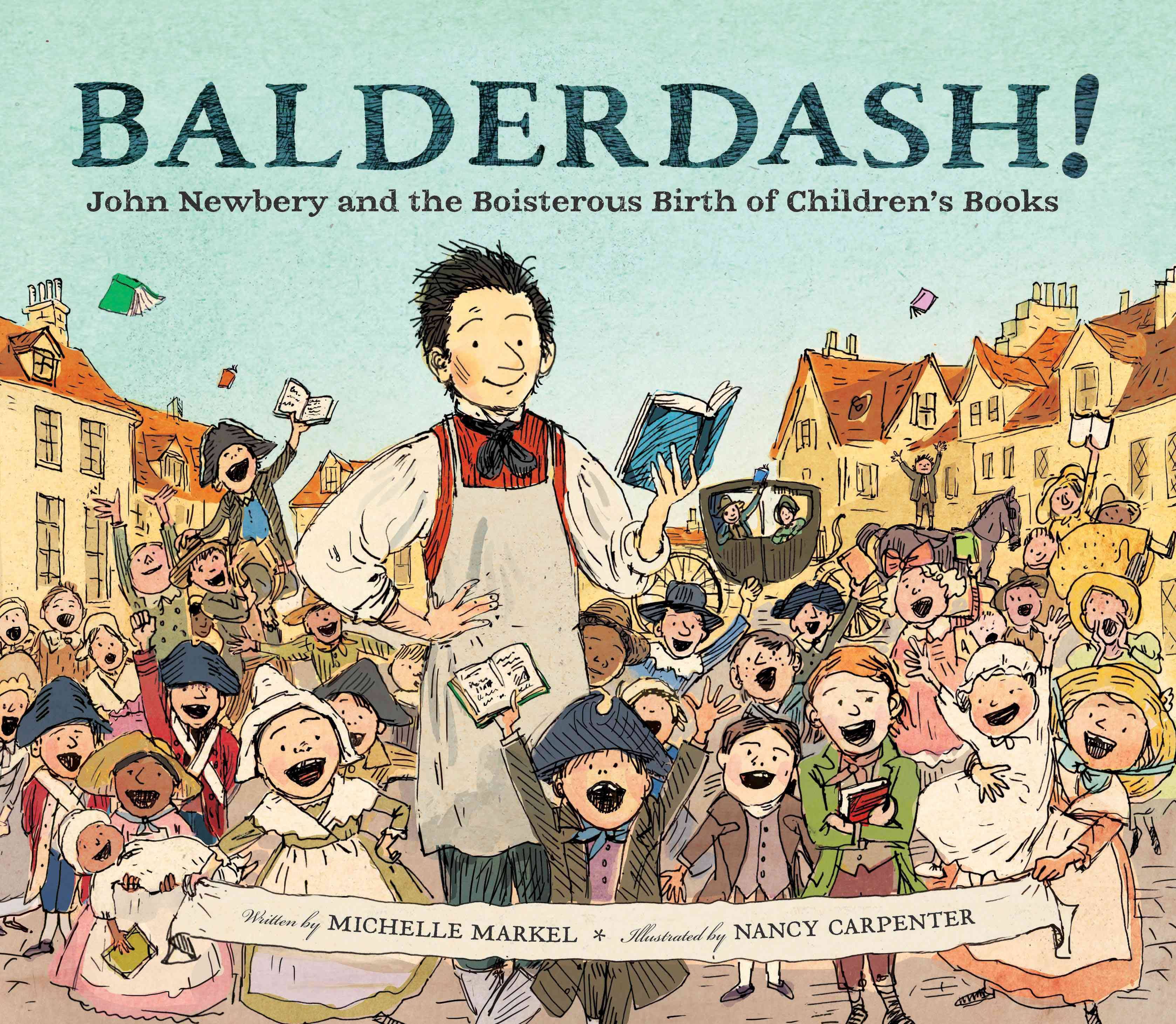
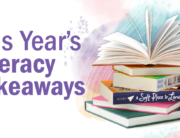

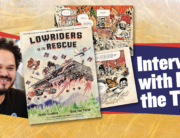
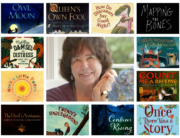
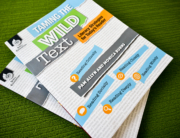
Leave A Comment